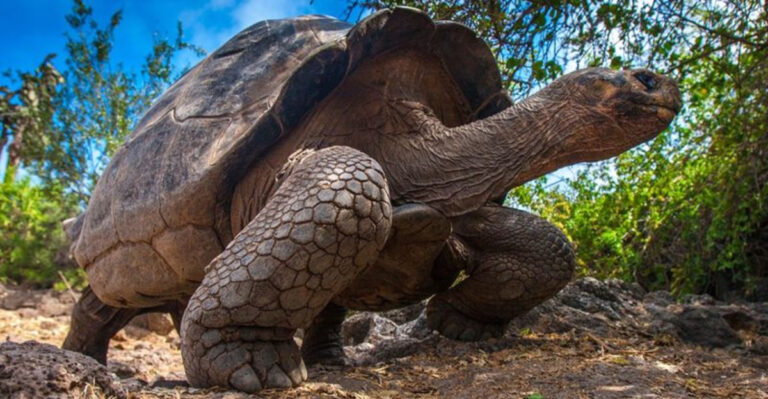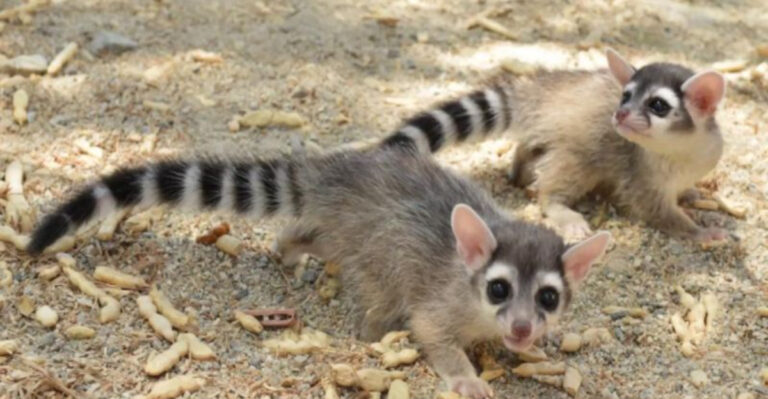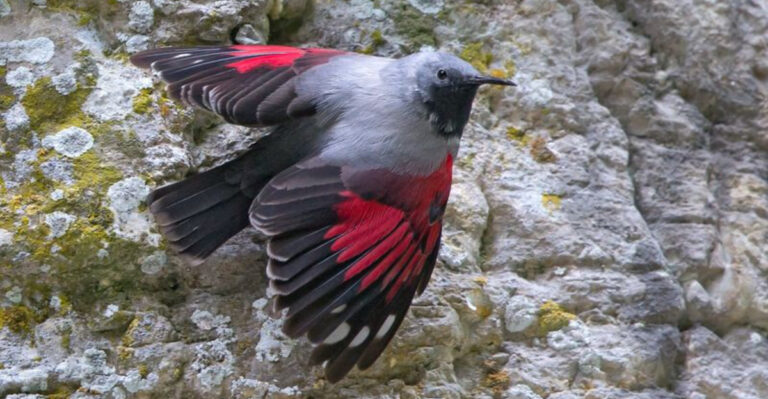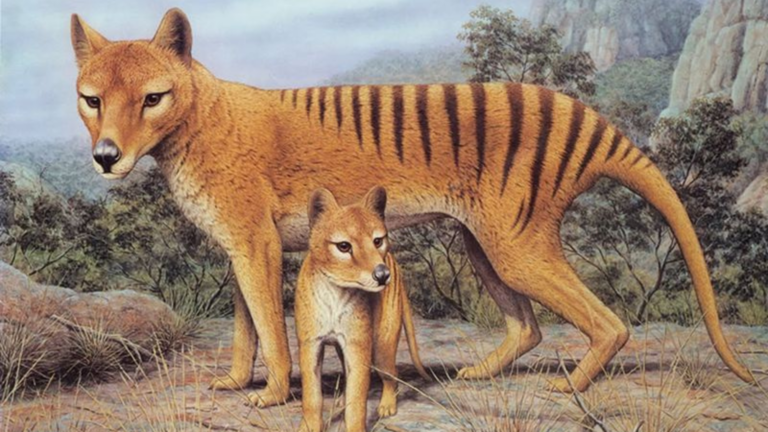Discover 13 Amazing Plants And Animals From Remote Corners Of The Earth
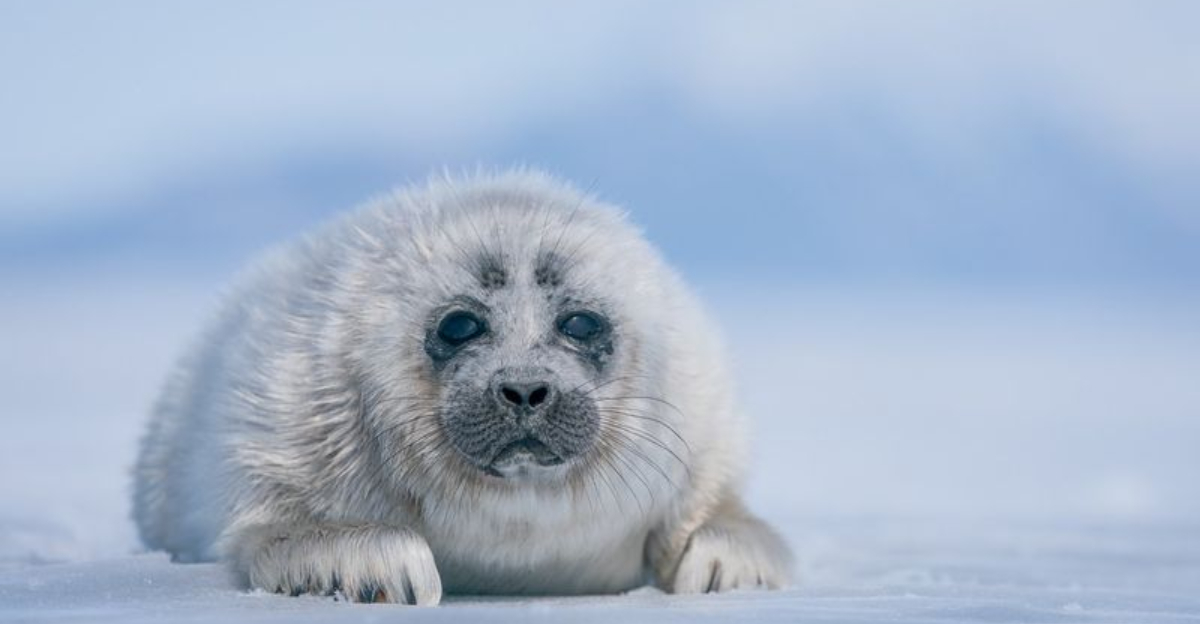
Embark on a whimsical journey to the most remote corners of the Earth, where nature hides its most curious wonders.
Each creature and plant tells a story of evolution’s creativity, resilience, and mystery. Prepare to be amazed by the unexpected beauty of these remarkable inhabitants of our planet.
1. Komodo Dragon
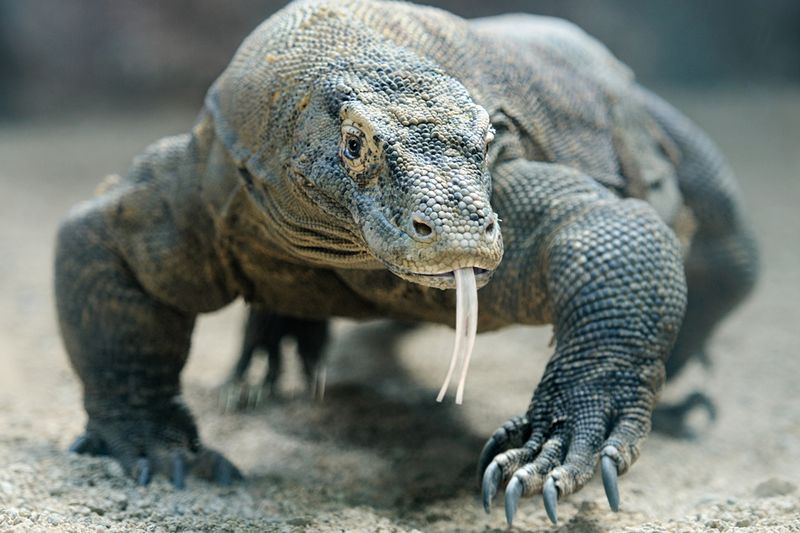
In the sun-drenched islands of Indonesia, the mighty Komodo Dragon roams.
These modern-day dinosaurs are renowned for their commanding presence and formidable hunting skills. Watch as they saunter through their arid habitat with an air of prehistoric majesty.
Often mistaken for mythical creatures, these dragons are real, and they mean business. With a flick of their forked tongue, they sense their surroundings, always on the prowl for their next meal.
Keep your distance—these predators are not to be trifled with!
2. Axolotl
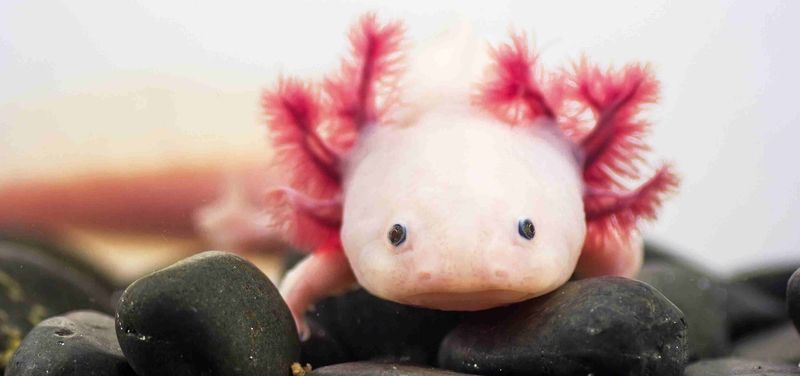
Amidst Mexico’s Lake Xochimilco, the Axolotl defies nature with its perpetual youth. Unlike its amphibian relatives, this “walking fish” never outgrows its playful, larval form.
Marvel at its feathery gills and curious gaze, hinting at secrets from a bygone era. Despite its whimsical appearance, the Axolotl faces a precarious future, threatened by habitat loss.
Conservationists strive to protect this enchanting creature, ensuring it continues to bring joy and wonder for generations to come.
3. Wollemi Pine

Hidden within the secluded forests of Australia, the Wollemi Pine stands as a testament to nature’s endurance. Considered a “dinosaur tree,” this relic from a prehistoric time was only rediscovered in 1994.
Its unusual knobbly bark and sparse foliage make it a living fossil, cherished by botanists.
While it once thrived in abundance, it now clings to survival, shielded by conservation efforts that ensure its legacy endures. The Wollemi Pine is a living history lesson, rooting us to a distant past.
4. Giant Tortoise Of Galápagos
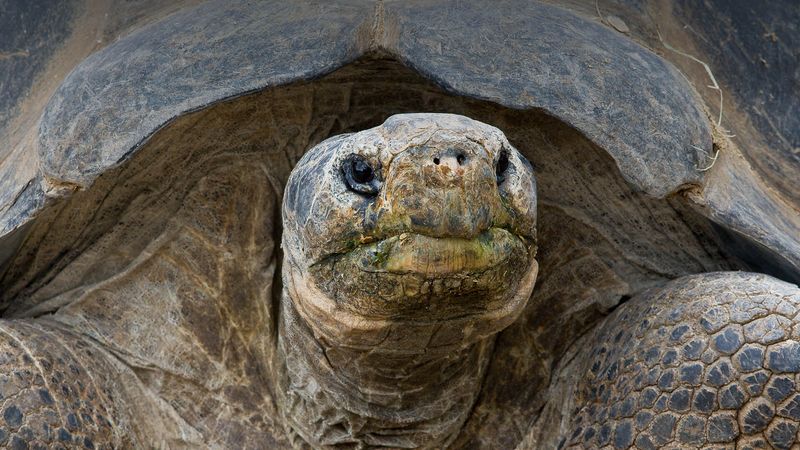
In the lush Galápagos Islands, the Giant Tortoise reigns supreme. These ancient behemoths are living symbols of evolution, adapting to their isolated environments with remarkable versatility.
Slow and steady, they navigate the islands, their massive shells a testament to the passage of time. Each tortoise tells a story of resilience and adaptation, embodying the spirit of the Galápagos.
As guardians of this unique ecosystem, they inspire awe and admiration from all who encounter them.
5. Titan Arum
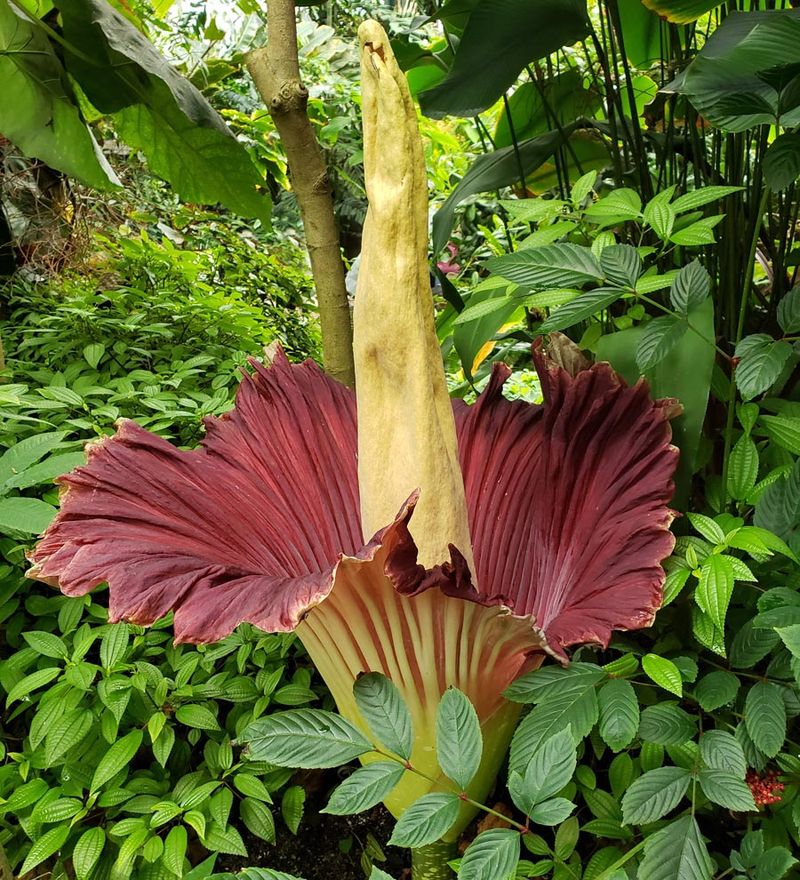
Within the dense rainforests of Sumatra, the Titan Arum blooms with an audacious flair. Known as the “Corpse Flower,” it attracts attention with its colossal size and pungent aroma.
This botanical marvel stands as a testament to nature’s eccentricity, drawing curious onlookers to witness its rare spectacle. Despite its ominous scent, the Titan Arum remains a captivating wonder, a reminder of the bizarre beauty that thrives in the world’s hidden corners.
6. Lemurs
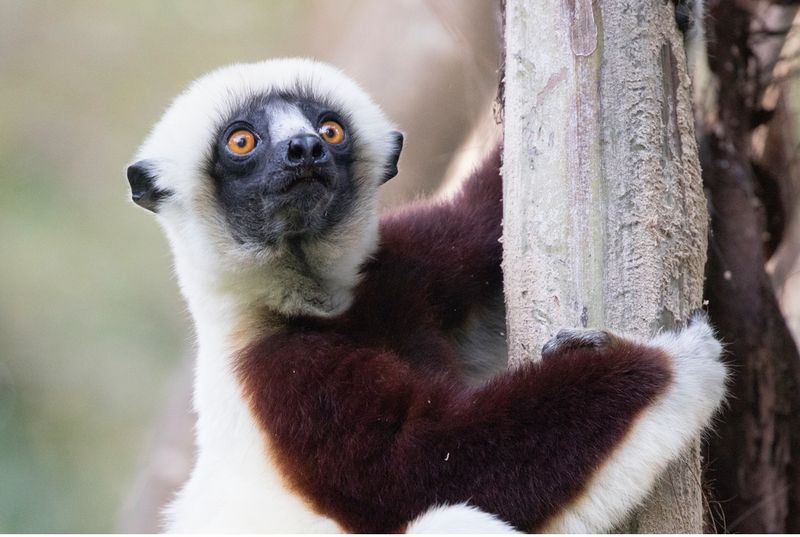
Madagascar’s lush forests are alive with the acrobatics of Lemurs, the island’s charismatic primates. These social creatures captivate with their large, expressive eyes and playful antics.
Each lemur species tells a unique story of adaptation, embodying the island’s rich biodiversity. Their role as ecological engineers highlights the delicate balance they maintain within their environment.
As ambassadors of Madagascar’s natural wonders, Lemurs enchant and educate, reminding us of the vibrant life that flourishes in isolation.
7. Dragon’s Blood Tree
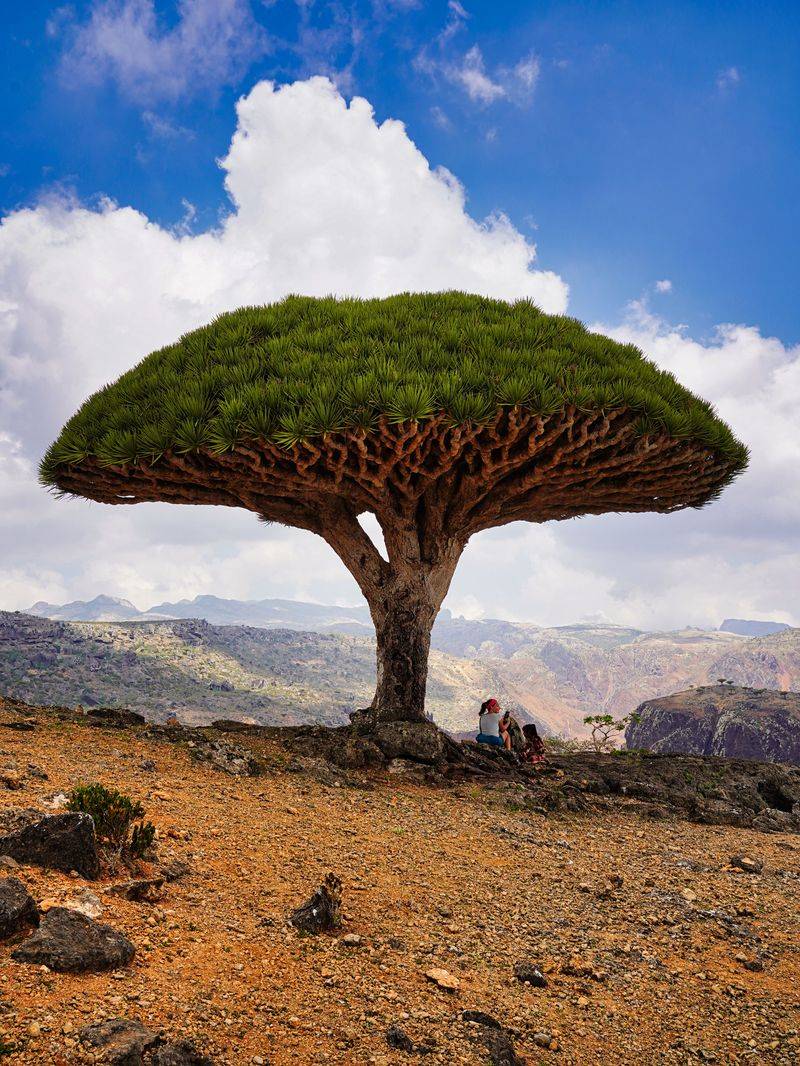
On the mystical Socotra Island, the Dragon’s Blood Tree defies convention with its umbrella-shaped canopy. This iconic tree bleeds “dragon’s blood”—a crimson resin used for centuries in medicine and art.
Its striking appearance is a testament to nature’s creativity, flourishing in the island’s harsh conditions.
The Dragon’s Blood Tree stands as a symbol of resilience and the unique biodiversity of Socotra, capturing the imagination of all who encounter its otherworldly form.
8. Baikal Seal
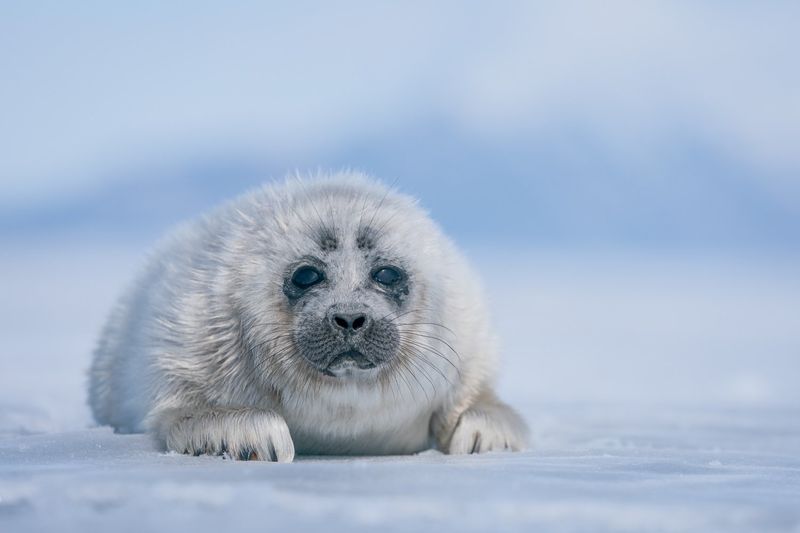
In the icy expanse of Russia’s Lake Baikal, the Baikal Seal reigns as a freshwater oddity. These charming pinnipeds are the world’s only exclusively freshwater seals, thriving in their unique habitat.
Their playful nature and endearing appearance mask their resilience against the harsh Siberian winters.
As guardians of the world’s deepest lake, Baikal Seals embody the mystery and allure of this remote, icy realm, enchanting those who venture into this winter wonderland.
9. Welwitschia Plant
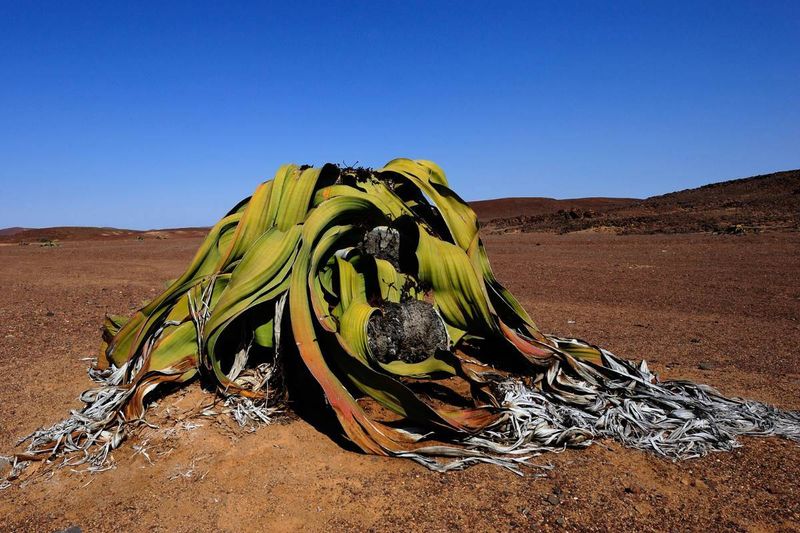
In the barren Namib Desert, the Welwitschia Plant challenges the limits of survival. With only two leaves that grow indefinitely, this botanical marvel can live for centuries.
Its resilience against the harsh desert conditions is a testament to nature’s ingenuity. The Welwitschia stands as a green enigma, revealing the persistence of life even in the most unforgiving environments.
For botanists and adventurers alike, it is a symbol of endurance and adaptability in the face of adversity.
10. Jellyfish Tree
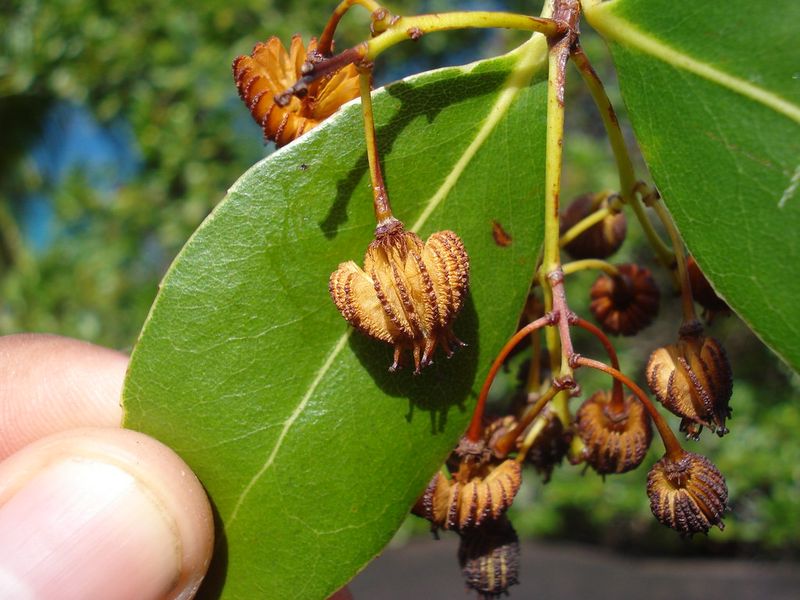
Amidst the rocky landscapes of Seychelles, the Jellyfish Tree stands as a curious survivor. With its bulbous, jellyfish-like fruits, this tree defies convention and challenges botanists to unlock its secrets.
Once teetering on the brink of extinction, the Jellyfish Tree is now a conservation success story. Its continued existence is a testament to human dedication to preserving the planet’s unique flora.
The tree’s enigmatic presence sparks intrigue and admiration, a symbol of hope in the conservation world.
11. The Coelacanth
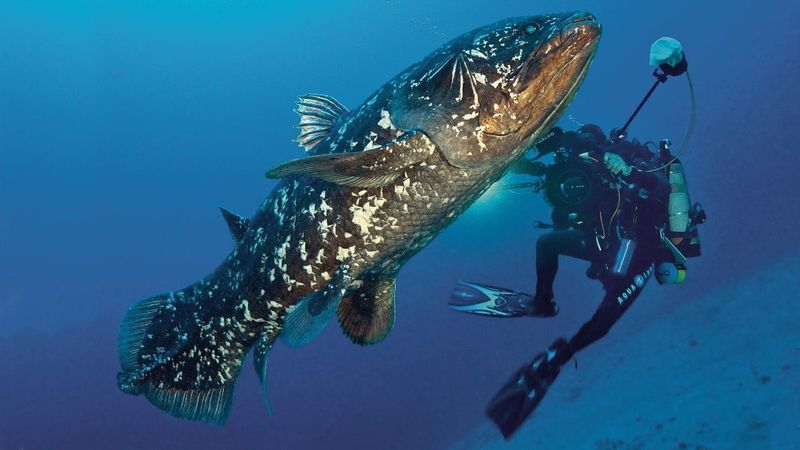
Beneath the ocean’s depths, the Coelacanth defies time with its prehistoric charm. Once thought extinct, this “living fossil” resurfaced, captivating scientists with its ancient lineage.
Its lobed fins and enigmatic appearance harken back to a distant past, sparking curiosity and awe.
As a symbol of survival through the ages, the Coelacanth challenges our understanding of evolution and persistence, reminding us of the mysteries that lie beneath the ocean’s surface.
12. Silversword Plant
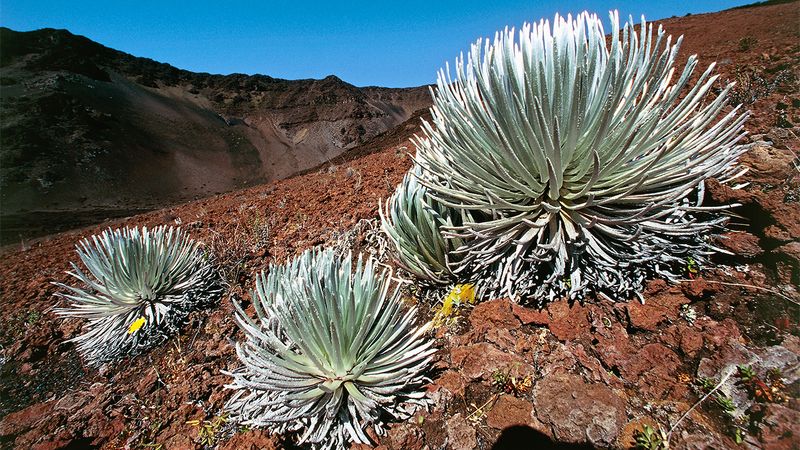
On Hawaii’s volcanic slopes, the Silversword Plant glows with an otherworldly brilliance. Its silvery leaves and rare bloom make it a botanical jewel, thriving in the harshest of conditions.
Adapted to survive volcanic soil and intense sunlight, the Silversword is a testament to nature’s perseverance.
For those who trek the rugged landscapes, it offers a glimpse into the delicate balance of life in extreme environments, symbolizing resilience and beauty.
13. Kakapo
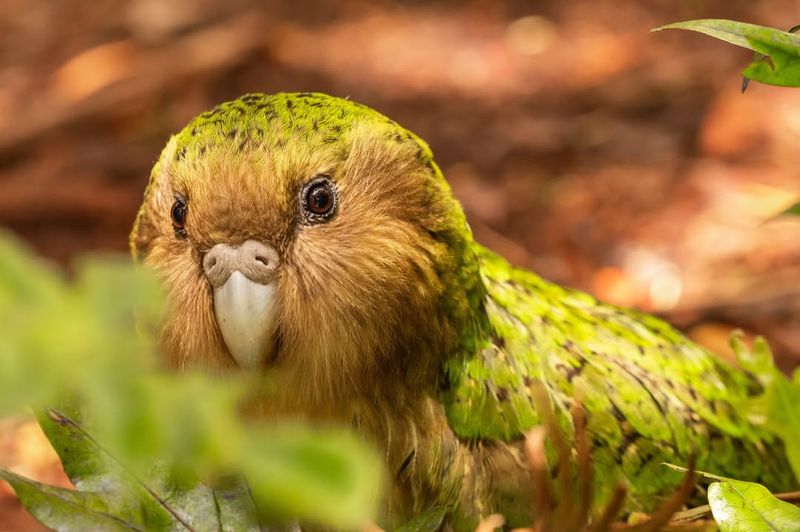
In the lush forests of New Zealand, the Kakapo charms with its quirky character. This flightless parrot captivates with its owl-like face and endearing waddle.
As one of the world’s rarest birds, the Kakapo’s story is one of survival against the odds, thanks to dedicated conservation efforts.
Its vibrant green plumage camouflages it within the forest, as it continues to enchant those lucky enough to encounter it. The Kakapo stands as a testament to hope and resilience in the modern world.

